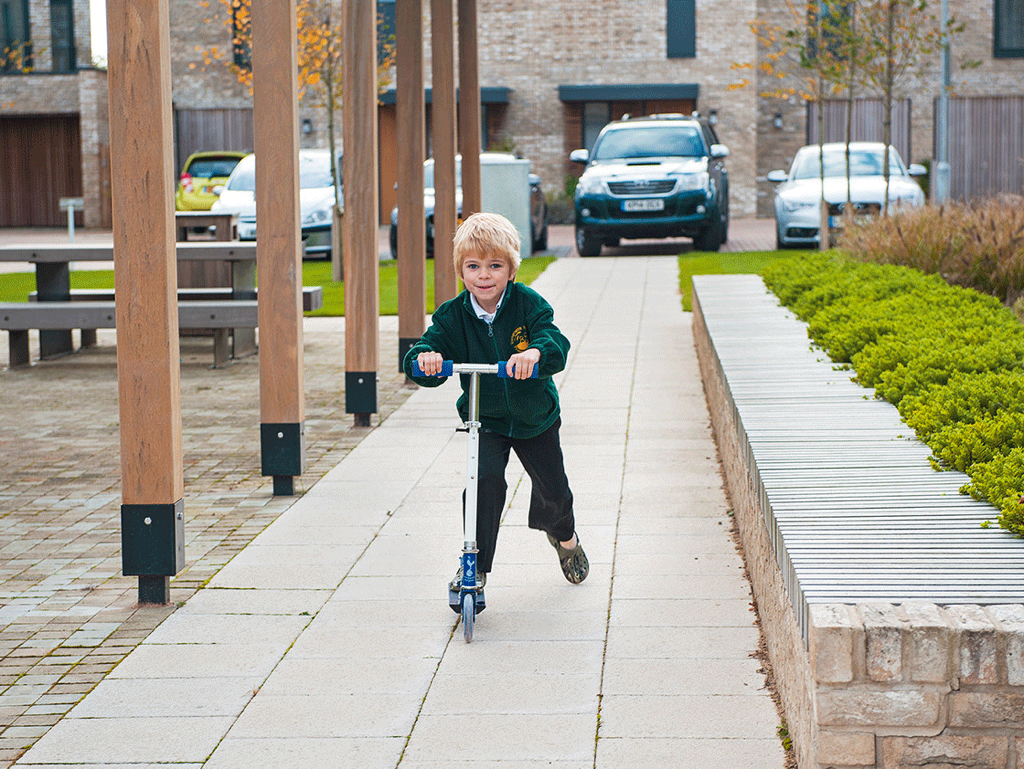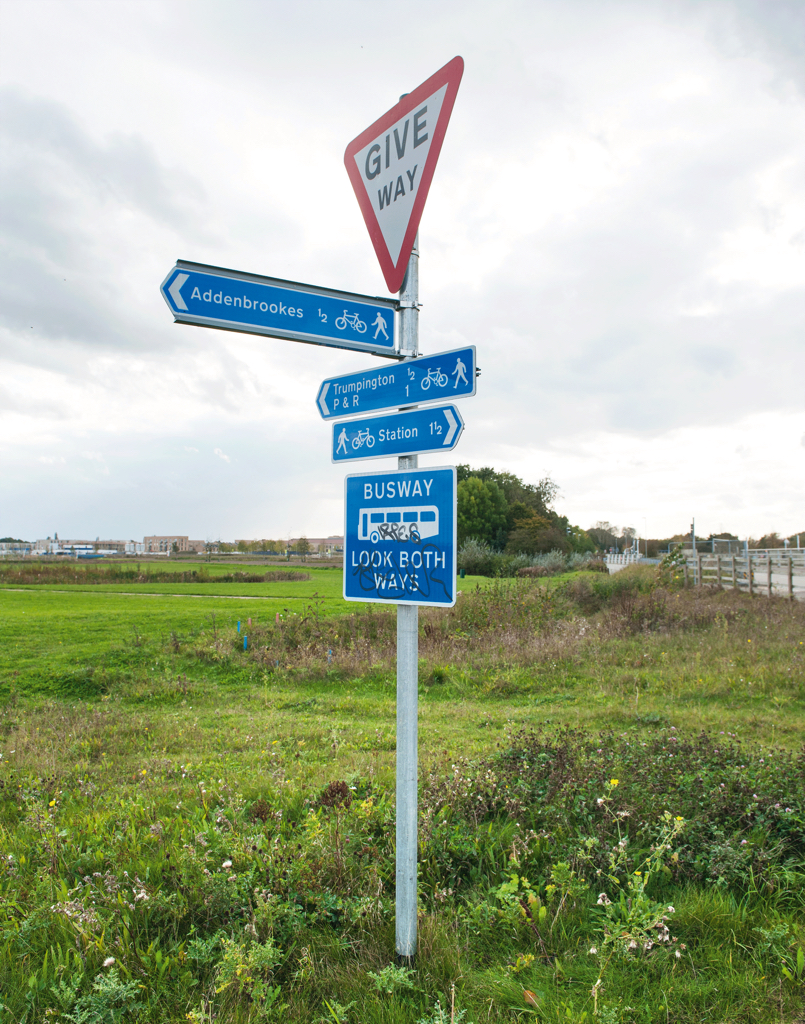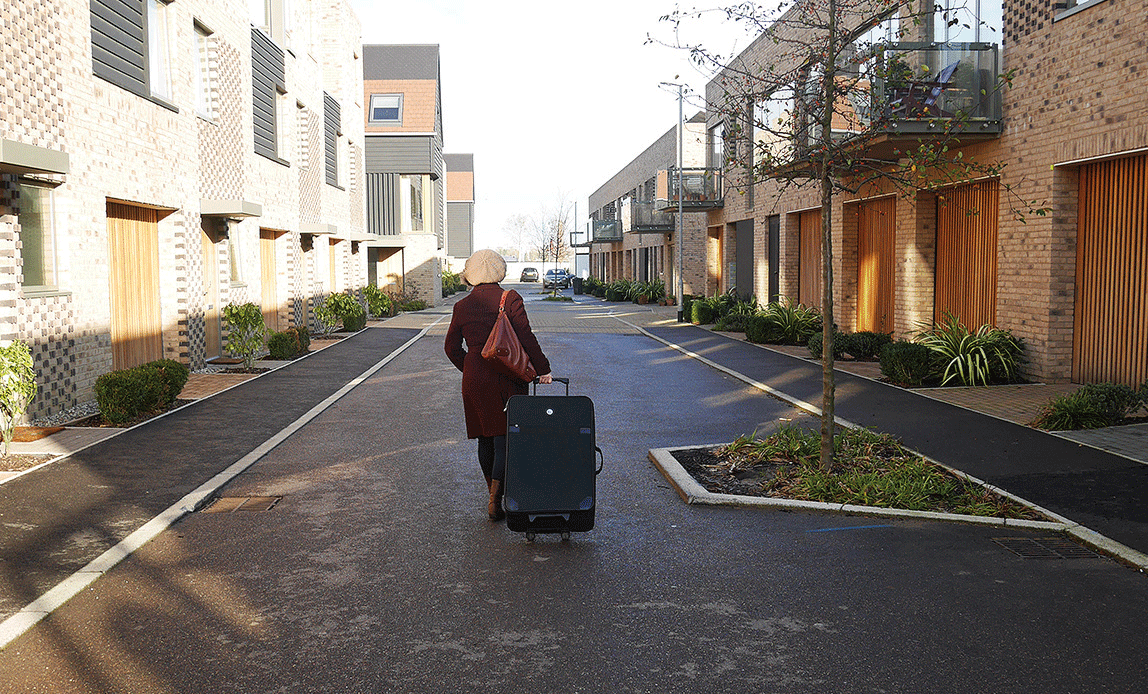
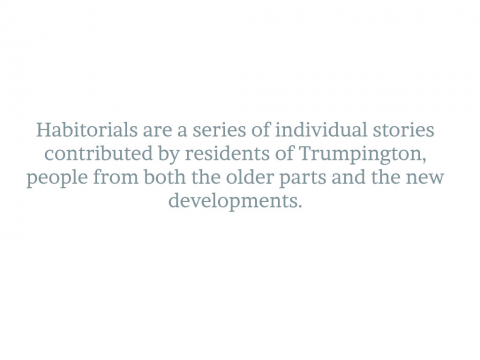
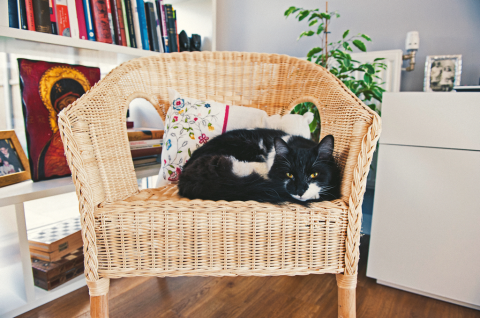
They are stories about home and pride of place
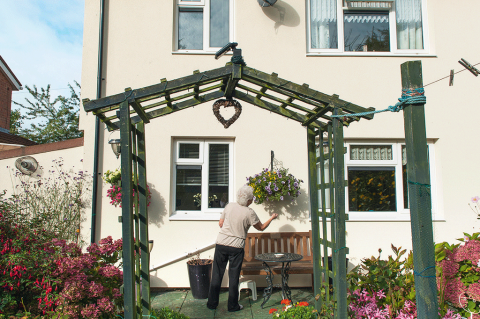
About memories of the past and desires for the future

about family and community

gardens, kitchens, chicken and shops
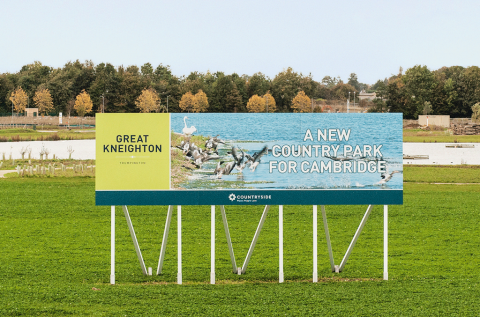
worries and hopes
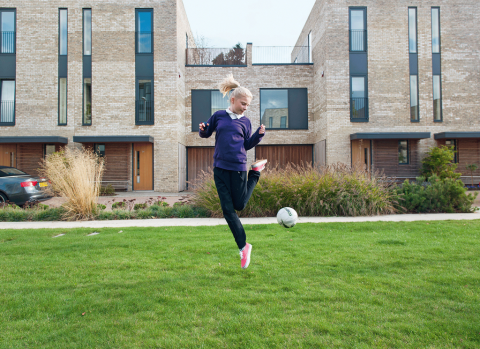
about day-to-day living and about change
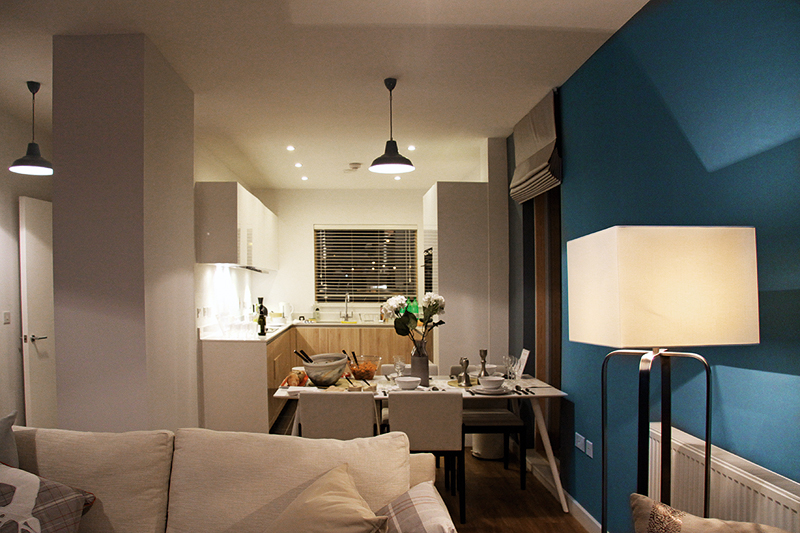
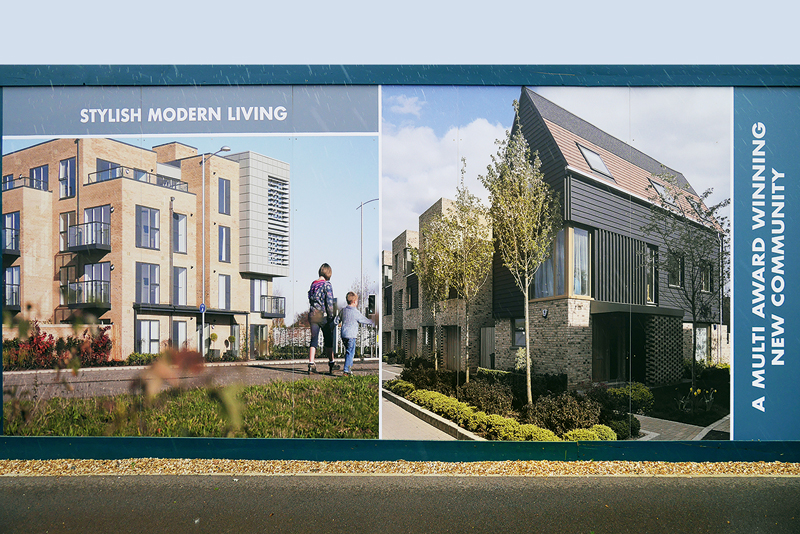
Lives inSefton Close (off Scotsdowne Road)
Moved to Trumpington in1990
Type of housing4-bedroom detached house, built in the 1960s
Current market valuearound £420,000 (according to Zoopla)
Favourite place in Trumpington“Byron’s Pool is my number one spot. I like the wildlife and the peace and the water and the trees, and all that stuff, which is wonderful.I also have also a fondness for the railway crossing that goes across the fields to Addenbrooke’s Hospital. My husband Jimmy (then my boyfriend) and I walked down there one evening when we were commuting between London and Cambridge and had a conversation about our future. We decided there that we were going to stay together long term. A month later I was pregnant. It feels like that spot has a force field under the ground! There’s a bridge there now. I know this isn’t going to be everyone’s cup of tea but I love seeing Addenbrooke’s Hospital on the horizon. Partly because I worked there and partly because we had our wedding reception there, at the Frank Lee Centre.”

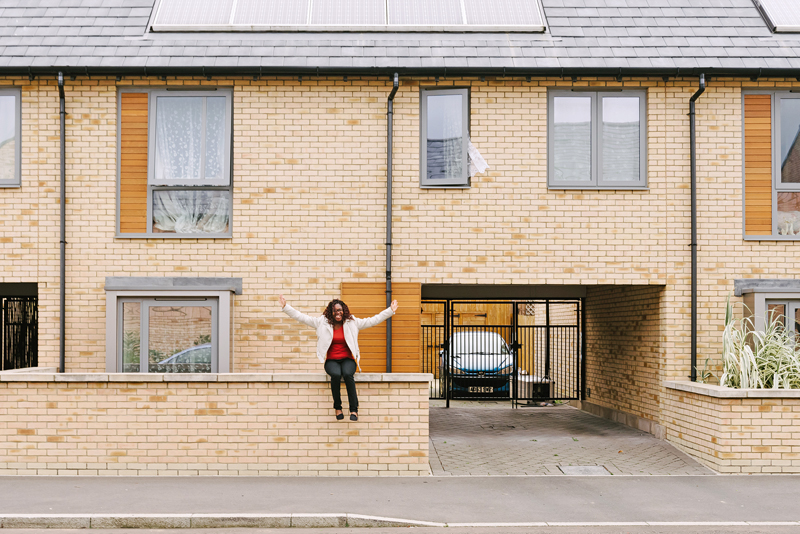
Lives inSpring Drive, Trumpington Meadows
Moved to Trumpington inDecember 2012
Type of housing3-bedroom terraced house, finished in the 2012, rented from housing association
Current market value2, 3 & 4 bedroom houses on the Trumpington Meadows are being advertised from £429,995 to £649,995 on Barratt’s website
Current council rent£165 per week
Favourite place in Trumpington"I love the parks because I love the fresh air I get when I’m out. The atmosphere helps me think up great ideas and I love playing with the kids or watching them play when I take my brother and sister out. It’s always full of excitement and laughter. Even in the horrible winter weather, it never loses its warmth – and I think there’s some beauty in that."
Lives inBishops Road
Moved to Trumpington in2008
Type of housing3-bedroom semi-detached house, built in 1937
Current market valueHouses on Bishops Road have a current average value of £432,257, according to Zoopla
Favourite place in Trumpington"My favourite place in Trumpington is the Cooke Curtis & Co office. Obviously. The reason we liked this location on Trumpington High Street was because everyone knew where the Hobby Shop was. It’s a bit of a shame it closed down, because it was such a landmark, which is why we’ve kept the sign… But we didn’t feel like we were taking away a valuable village resource that could have been something great for the community."
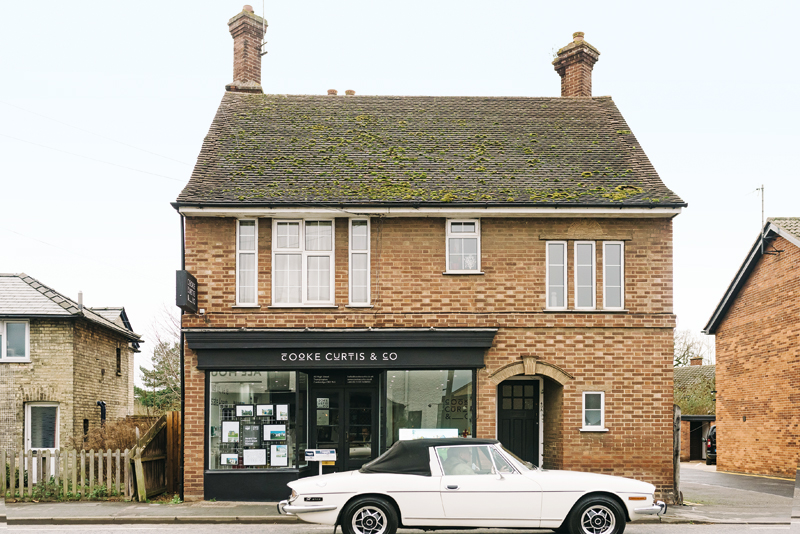

Lives inLingrey Court, behind Anstey Way
Moved to Trumpington inJanuary 2015 (left in January 2016)
Type of housingFour-bedroom, semi-detached eco-home, newly built
Current market valueAround £550,000
Favourite place in Trumpington“Our favourite place in Trumpington is the park and field in the Foster Road estate – the children also love it too!”
Lives inBishops Road
Moved to Trumpington in1974
Type of housing2-bedroom detached house, built in 2013
Current market valueHouses on Bishops Road have a current average value of £432,257, according to Zoopla
Favourite place in Trumpington"Shirley’s favourite place is her own garden, while Stephen’s is away from the city in the countryside."
Please note: some of the images included with this article were supplied by Stephen Brown. The image of the Plant Breeding Institute is supplied courtesy of the PBI. The black and white image is courtesy of Maurice Rayner.
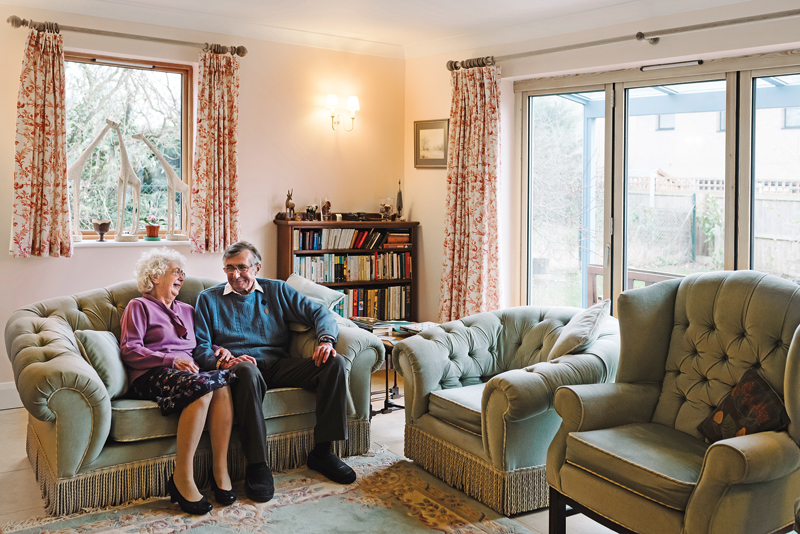

Lives inConsort Avenue, Trumpington Meadows with her husband Derek, 48, and three children (Charlotte, 13; Alice, 10; James, 5)
Moved to Trumpington inOctober 2013
Type of housing4-bedroom terraced house, built in the 2013, rented from housing association
Current market value2, 3 & 4 bedroom houses on the Trumpington Meadows are being advertised from £429,995 to £649,995 on Barratt’s website
Current council rent£168 per week
Favourite place in Trumpington"Some of my fondest memories are of taking the children over to the park near the Pavilion. The children were relaxed and we’d pop into the Bun Shop [on Anstey Way] and get some treats.”
Lives inShelford Road
Moved to Trumpington inSteve and his wife Dee moved to Trumpington in 1972; they share their house with their youngest son Sam, his wife Fran and their two young daughters, Katie and Amy
Type of housing3-bedroom terraced house, built in 1902
Current market valueSimilar houses on Shelford Road have a current value of around £455,000, according to Zoopla
Favourite place in TrumpingtonSteve loves going along to the car boot sale at the Trumpington Park and Ride on Sunday mornings to pick up a bargain. Sam’s favourite spot is the newly named local pub, the Hudson’s Ale House.
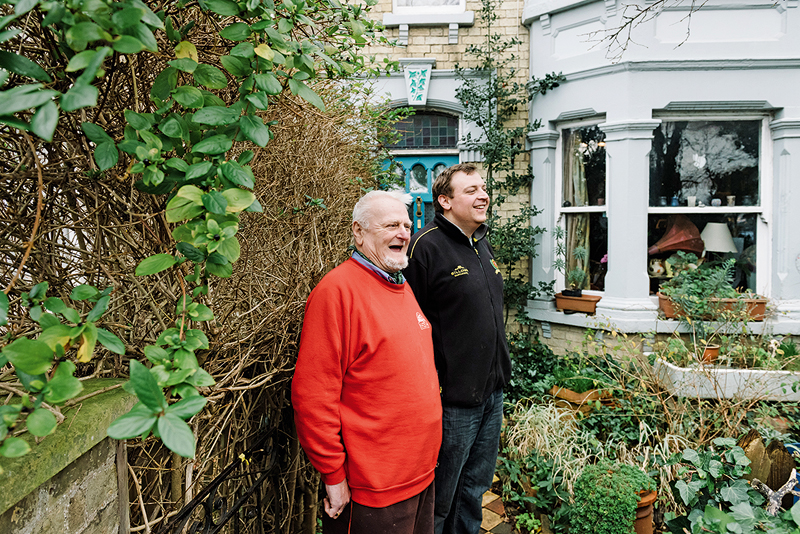
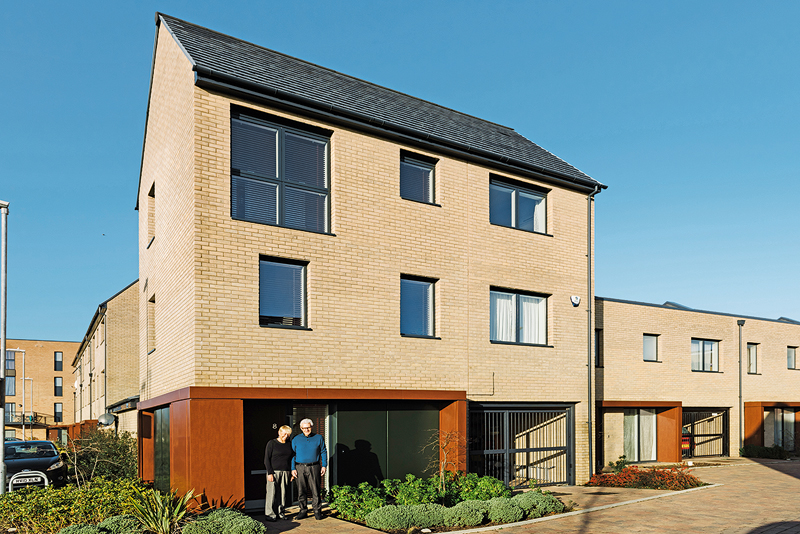
Lives inCedar Road, Novo development
Moved to Trumpington inAugust 2013
Type of housing4-bedroom detached house, built in 2013
Current market valueCurrent value of around £583,000, according to Zoopla (the house cost £490,000 in 2013)
Favourite place in TrumpingtonJen: “My house. I love the sun rises and the sunset. It’s just different every day. It’s fantastic.”
David: “I love the house but I also particularly like the walk down by the River Cam. It’s beautiful down there, it really is."
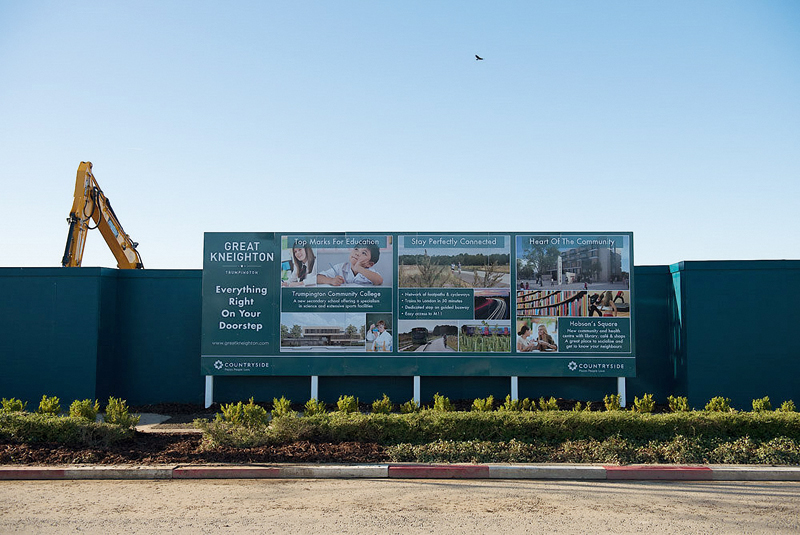

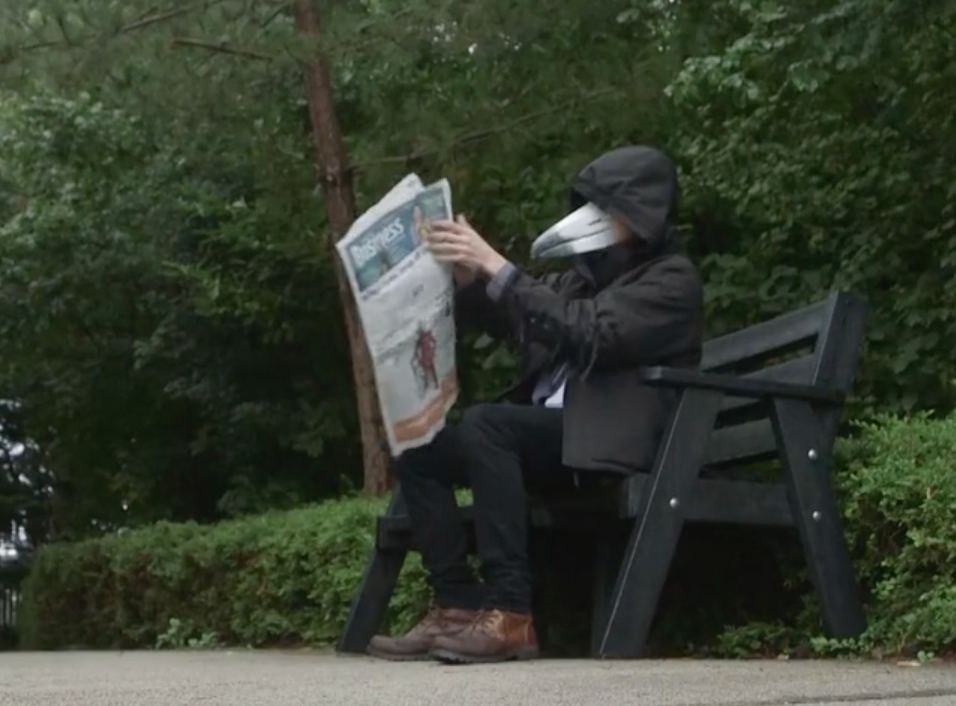
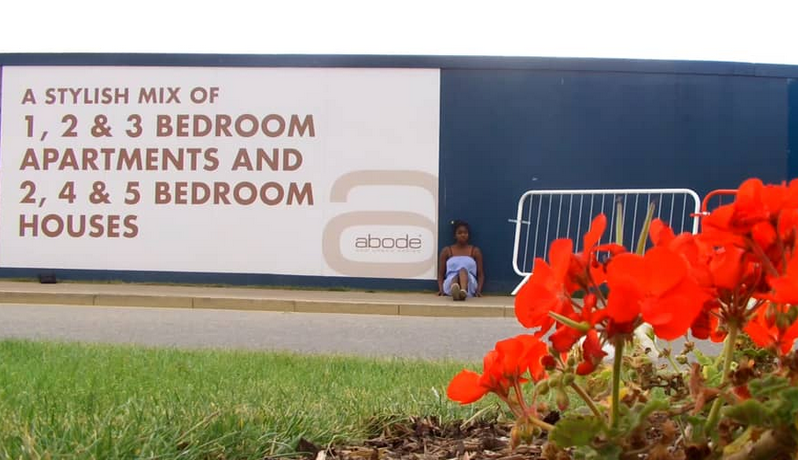
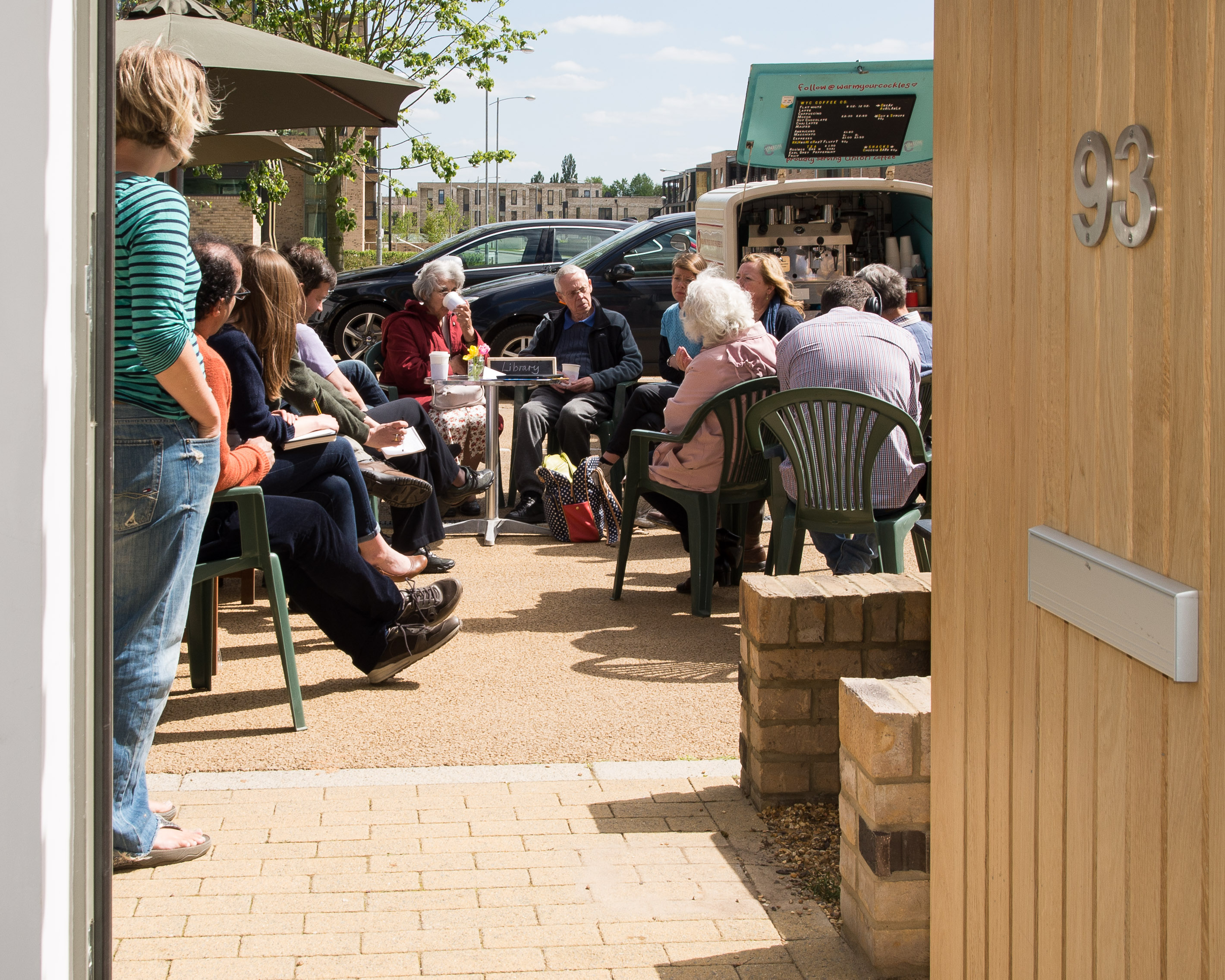

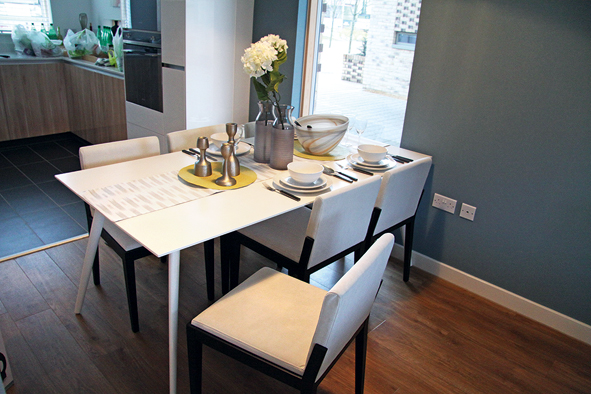
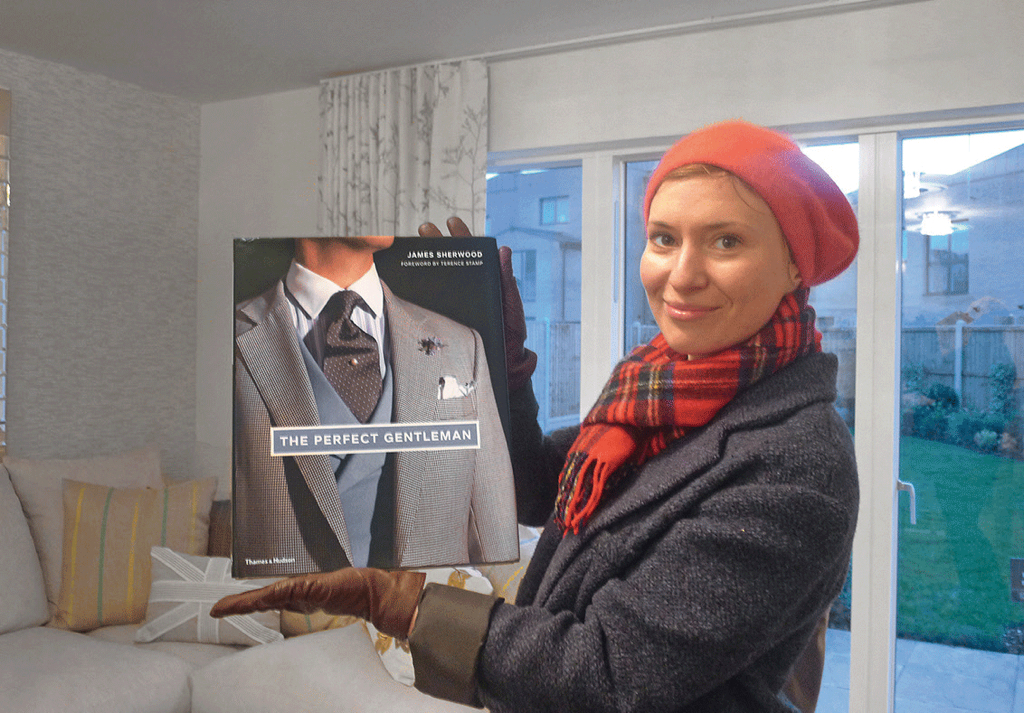
Age81
Lives inByron Square
Moved to Trumpington in1966
Type of housingThree-bedroom, end of terrace council house, built in 1947
Current market valueCurrent market value of around £260,000 (according to Zoopla)
Current council rentApprox £120 per week
Favourite place in TrumpingtonSitting on a chair in her dining room looking out over the recreation ground

Joan first caught sight of this field after her family fled to Cambridge from the East End of London to escape the bombs of the Second World War. Her father was one of the wardens who used to help people after the bombing raids. He knew it was time to leave, says Joan, when he had to dig his own mother’s body out of the rubble.
When they first moved to Cambridge in 1942, Joan and her six older brothers and sisters lived in a cramped three-bedroom house in the centre of town on Fitzroy Street. As the local authority houses on the new Trumpington estate were built on compulsorily-purchased farming land on the southern tip of Cambridge, Joan’s family was one of the first to move there just after the Second World War ended.
“It was a little village when I moved here,” she recalls, in a Cockney lilt that hasn’t faded over the years. “There was nothing here. I mean, at the top of the road, when we moved here we were all moaning in the car that we was going to be called country yokels, because it was just completely countryside. There was nothing. None of the shops. It was just like a little village. We thought, ‘Oh God what are we moving to, you know, out in the back of beyond?’”
For Joan and her family, moving into the newly built council house on Paget Road in 1946 – just around the corner from her current home in Byron Square – was a big step up in the world. It was a little piece of paradise, even if it was in the middle of nowhere.
“Oh, it was lovely,” she says, fiddling with the rings on her careworn hands. “It was like moving into a mansion – you’d got a toilet inside, you’d got a bathroom inside, you’d got four bedrooms and a kitchen. You know, we didn’t have a kitchen in the other place.”
Most of all, Joan loved having a garden. And she loved growing up in Trumpington, far away from the bombing raids and bomb shelters that had blighted her childhood. Joan’s mum went on to have another six children. As the middle child of 13, Joan rarely had a quiet moment.
“We used to go and play where the flats are now when they were building them,” she remembers. “We played hide and seek and all that kind of thing and kiss chase with the boys. We used to go scrumping apples at the police house on Trumpington Road. And we used to go potato picking up Hauxton Road. We used to go in the park climbing trees because there was nothing else for us to do in Trumpington. We either used to go down Byron’s Pool swimming in the summer or we used to pinch the punts when they moored them up. There was nothing – no youth clubs or anything… But we had fun.”
For two years, Joan used to catch the bus to school across to the other side of Cambridge. It cost just thruppence, she remembers. When she left school after she’d turned 14, she got a job in the Co-op on the high street that ran through the heart of Trumpington Village.
“Along the high street, it was all cottages,” she remembers. “It was like a country road. That’s all it was. You had the Green Man, with a great big oak tree in front of it. Then you had the other pub, the Red Lion that used to be there. Then there was a blacksmiths. Then there was a farm, near the Village Hall. The farmer would bring the cows up the road and he used to bring them onto the green here. All the land belonged to the Pembertons, even the land where the hospital was built.”
Joan doesn’t remember mixing very much with the original villagers in Trumpington. But she doesn’t remember feeling any animosity from them either, although there was naturally some resentment from locals when 360 new local authority houses and flats were built on 55 acres of farming land that had been owned by the Pemberton family since 1675.
“Once you got to know the people, they were alright,” says Joan. “But there honestly didn’t seem to be a lot of people here. They were all sort of elderly. They all worked for Francis Pemberton. They worked on the farm a lot of them. It wasn’t until the estate started to get more packed that you started to get more people.”
We used to have parties on the green …
Most of the new houses on the post-war estate were occupied by 1948, swelling the population of Trumpington from less than 1,300 people at the turn of the century to more than 6,000 by the time the 1951 census was taken. Joan remembers the sense of community growing from strength to strength as more and more families moved in. Some of them were the families of service men. Others had moved up from London and other cities to escape the war. All the families paid the council rent of between 11 and 15 shillings a week. And what bound them together as a community was that they were all in the same boat.
“Mum used to collect pennies to take all the families to the seaside in coaches,” says Joan. “It was lovely, because some of ’em had never been to the seaside before.”
One of Joan’s most vivid memories is helping her Mum to make artificial flowers out of crepe paper to enter a council-run competition in celebration of the Queen’s Coronation in 1952.
“We were up nearly all night making roses and carnations,” she says. “We done it and we won it! We hoped and prayed it wouldn’t rain, because it would have taken all the colours out.”
That same year, when she was 19, Joan met her husband-to-be Neville playing darts in one of the pubs along the high street. It was a whirlwind romance.
“We met in the August, we got engaged at the Christmas and got married in the following March,” says Joan. “We had to go and get permission from Lady Pemberton to get married in the church.”
It wasn’t long before Joan and Neville – who was a roofer by trade – moved into a house of their own on the new Trumpington estate in 1956, not far from her Mum’s house. It’s the same house where Joan still lives today on Byron Square. Her four children were also born and raised there.
For Joan, it was the perfect place to bring up three sons and a daughter, overlooking the King George V playing field that she’d played on herself as a teenager.
“We used to have parties on the green,” she says. “Anything that was a celebration, we’d have parties and we’d have racing and we’d have all sort of things. After we’d been here a while, my husband started doing it. He’d played football for Cambridge United – and he saw the kids playing on the green and that. He loved organising things, so he said he was going to run a boy’s football team. It was comical really. He wrote a lot of little leaflets and he went round and put ’em all through the doors. By the time he’d got home and sat down for his tea, there were about 10 or 12 kids at the door wanting to sign up for the football team… So he started running that and in the end he had under 11s, under 12s, under 16s and a smaller group. First he was manager and then he was chairman. We had about six or seven teams. They were called the Trumpington Tornadoes.”
“It really went on well. We won no end of cups,” she says, gazing through the net curtains that now frame her view across the playing fields beyond. “If you came along when we had a five-a-side, you couldn’t park around the green. In the pavilion, we’d do teas and coffees. And we had a raffle. And we had dancing in the evening. It was lovely. Neville used to be out there at 6 or 7 o’clock in the morning. He used to annoy people because he got on his megaphone and was telling everybody to get up. He used to yell in it. Everyone was in the bed at that time of the morning. We were out there from 7 in the morning and didn’t get home until 10 o’clock at night. We had five-a-side tournaments all day long.”
These days, the field outside Joan’s garden is much quieter. And so is her house, although she has six grandchildren and two great grandchildren who don’t live too far away. Joan lives alone since her husband died seven years ago. Cambridge United held a minute’s silence in Neville’s honour when he died. None of Joan’s brothers and sisters live close by. Two sisters moved to America. And the ones who are still alive, she really only sees them at weddings and funerals. Today, Joan spends a lot of time in her favourite chair, looking out across the field that holds a lifetime of memories…
“I like sitting here in this chair where I can look out the window,” she says, her furrowed face framed by tight silver curls and small heart-shaped earrings. Above her head hangs a small framed picture with the words ‘Sometimes angels are disguised as nanas’.
“I like watching the children going past,” she says. “My grandson Billy calls me to see if there’s anyone at the park. He always phones up and asks who’s on the green. Plus on a Wednesday you get two nice fellas out there doing exercises,” she says with a mischievous twinkle in her eye. “They’re really quite fit ones. They’re stretching their muscles!”
But although the view from Joan’s window has barely changed, the sense of community that Joan has enjoyed for so long on the estate is beginning to disappear, along with some of her dreams. Since she broke her foot the same year her husband died, she can’t get out too much any more either. She still goes to over-60s bingo once a week at the Pavilion on the other side of the green. She takes it in turns to be one of the callers. “It’s the only place I go, the bingo,” she says. “I’ve got to have some piece of comfort.”
For Joan, life is definitely not like it used to be. “Most of my friends have all died,” she says. “Most of the people that were here when I was here are gone. I mean they would do, wouldn’t they? I’m 81 now.”
“There’s so many youngsters now and so many blokes I see walking past that’s unemployed and don’t wanna work. They’ve all got kids. They walk past here in the morning. They just want to go home and watch television. It’s such a shame.”
All that land in Trumpington and there’s no place for us…
But Joan has no intention of moving away from Trumpington, in spite of the changes that are going on around her. With 4,500 new houses planned, Trumpington is set to double in size over the next ten years – swelling the population from around 7,000 today to an estimated 17,500 in future.
“I’ve lived here 60 odd years,” she says. “I don’t want to move from Trumpington. I just like the village itself.I mean, I don’t know many people here now because it’s all strangers that are moving in. I’ve got a few friends who have lived here for a while. And I love Trumpington, I don’t want to move out. They’d have to carry me out of this house.”
The only real complaint Joan has is that her local supermarket is a Waitrose, which is too pricey for her pensioner’s budget.
“Because Trumpington’s always been classed as upper class people, we got a Waitrose instead of an Asda or a Tesco’s or something, and I don’t like Waitrose!” she says adamantly. “I went over there yesterday and went to buy something and they’ve put it up 25 pence. You get lost when you go in there now and you can’t find anything…”
She also regrets that she never had quite enough funds to buy the council house that’s been her home for so many decades. On her husband’s salary as a roofer and her part-time earnings, they never quite managed to scrape together enough money when the right-to-buy policy was introduced in the 1980s.
“I was a carer – doing shopping and cleaning for people,” she says. “I worked up the pub cleaning. As soon as my husband came home, I used to go out working. I’m not one for sitting at home.”
But in spite of all her hard work, and all the time and energy she’s devoted to keeping the house and garden looking so nice, she regrets that she may not be able to pass the house to her own children.
“I could have bought it, but I mean we didn’t have the money to buy it, and that. We didn’t have a lot of money,” she says.
“You can buy it any time you want, but I don’t know how that system works. The longer you’ve been here, the more discount you get. I mean, I could buy this house for about £70–£80,000 now. But I haven’t got that money, not on a pension. It’s a shame really, because of all the work I’ve put into it. And the garden.”
The garden is Joan’s pride and joy. She talks to her flowers, she says, because there’s nobody else to talk to. She’s won the council’s prize for the best-established garden for four years in a row now. Out in the front garden, there are pots full of brightly coloured begonias. And well-tended flower beds full of roses and snap drag.ons and petunias. The beautifully manicured back garden – where Joan goes for a sneaky smoke – is bursting with hydrangeas, fuchsia, chrysanthemums, dahlias and gladioli. Not to mention the occasional well-placed garden gnome and other trinkets. Walking around Joan’s home, you get the sense that it is tended with the same loving care as her garden.
“I decorate every year,” she says proudly, as she shows us round the spotless Formica-topped kitchen and the living room with polished wooden floors and cream leather sofa. “This year, I’ve done all the front room and kitchen and everything and last year I did all the bedrooms and that.”
Joan’s metal-framed house was only originally built to last for a few years. “My dad was working on these houses, and they were only supposed to be up for three years as a temporary thing,” she says. “But I’ve been here 58 years and they’re still up…”
The council did have to come along in the 1980s and take away the asbestos used in the original roof and windows. But Joan likes her house the way it is. To this day, she prefers to go without the central heating that has been installed since she moved in. But she is worried that the council will just come and rip her home to pieces as soon as she moves out.
She’d like to stay in Trumpington as she grows older, but she does worry that there aren’t many services for people of her age.
“It just seems that Trumpington gets left behind,” she laments. “I mean the only place there was for us to move was Crossways. That’s the only place for old people.” [Recently the elderly residents of Crossways have been moved elsewhere to make way for newly-renovated luxury apartments that are renting for up to £450 a week.]
“Trumpington hasn’t got no community place for old people,” says Joan. “The amount of people around here who live on their own in three bedroom houses but can’t move because they want to stay in Trumpington and there’s nowhere for them.”
“You would have thought the council would have built some flats or bungalows for old people so they can release some of these three-bedroom houses. I know six people on Byron Square alone who are living on their own in three-bedroom houses. There’s just nothing over here for old people to retire to. We’ve got nothing. Nowhere at all. All that land in Trumpington and there’s no place for us.”
Joan hasn’t bothered to go and look at the new houses that are springing up just a few hundred metres away from her home, on the same fields where she used to work in the kiosks at the Showground during her heyday in the 1950s and 1960s. She doesn’t feel any connection to the new estates that are growing up all around her home.
Even though her sons, who followed their father into the roofing trade, have been working as contractors on some of the new houses.
“I’d rather live in a garden shed than in one of those [new houses],” she says. “They say they’re affordable, but how can anyone afford to live there?”
As she gazes wistfully out of her window, it’s clear that Joan prefers to remember the Trumpington of days gone by, rather than thinking about what the future might bring.
“To be truthful, I’d rather go back to them days now,” she says. “It seems more fascinating to me. Life was a lot slower in them days. There were no cars whizzing around. When they’ve built all them houses, Lord only knows what the traffic will be like.”
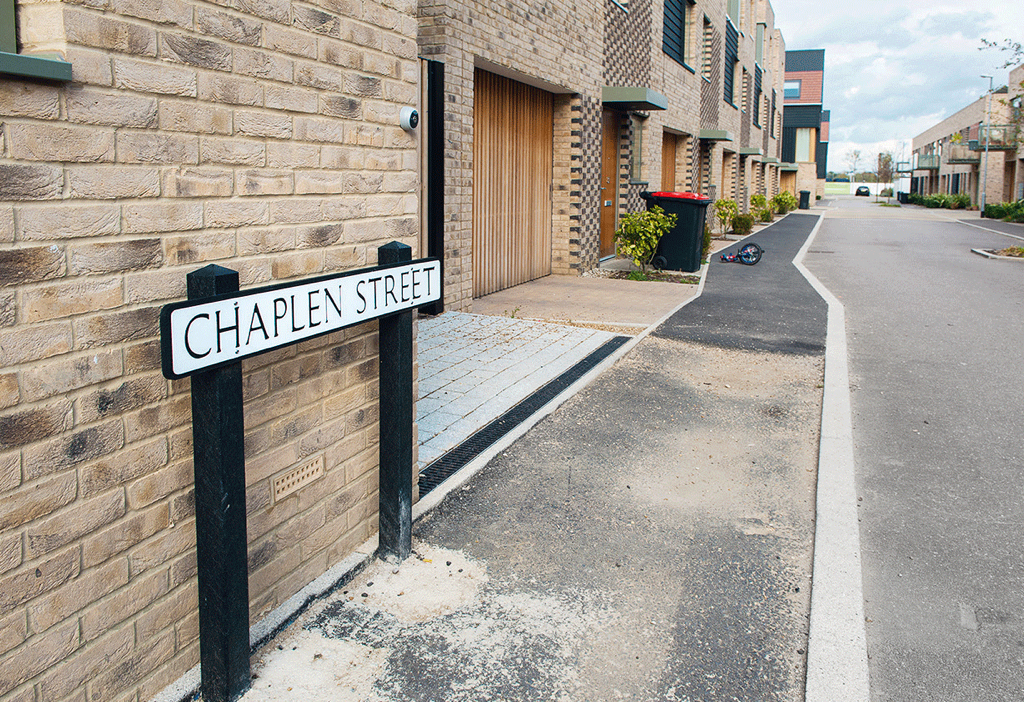
Age36
Lives inChaplen Street
Moved to Trumpington inMarch 2013
Type of housingFour-bedroom, three storey, private house, built in 2013
Current market valueCurrent value Around £534,000 (according to Zoopla)
Age72
Lives inTrumpington Hall
Moved to Trumpington inThe Pemberton family have been resident in Trumpington since 1715. They originally came from Pemberton in Lancashire.
Type of housingManor house first built circa 1600, with 600 acres of land
Current market valueundisclosed
Favourite place in TrumpingtonTrumpington Hall
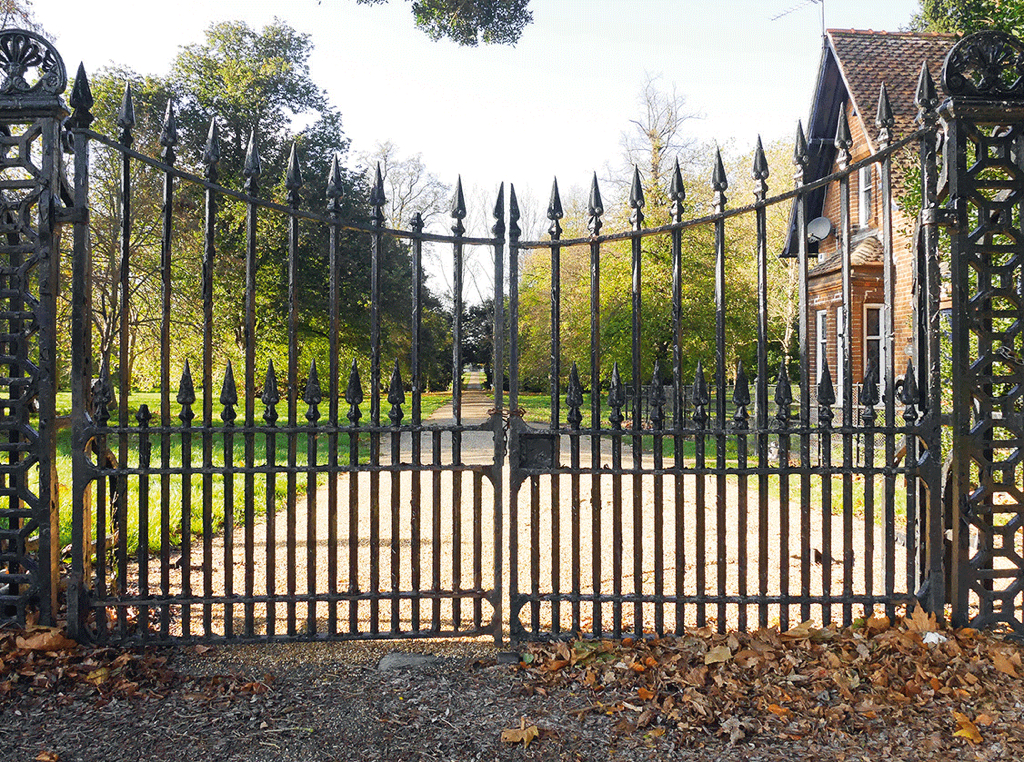

Age31/ 46
Lives inChaplen Street
Moved to Trumpington inMay 2013
Type of housingTwo-bedroom apartment rented from housing association
Current market valueAround £299,000
Current council rent£150 per week
Favourite place in TrumpingtonApart from their home, their favourite place in Trumpington is the beer garden at the Lord Byron, where they like to stop off for a refreshing pint after a Sunday walk to Grantchester.
Age63
Lives inFoster Road
Moved to Trumpington in2003
Type of housingThree-bedroom terraced former council house, built in 1947
Current market valueAround £310,000 (according to Zoopla)
Favourite place in TrumpingtonNine Wells – a nature reserve with several chalk springs that form the source of Hobson’s Conduit, which carries water along Hobson’s Brook into the heart of Cambridge.
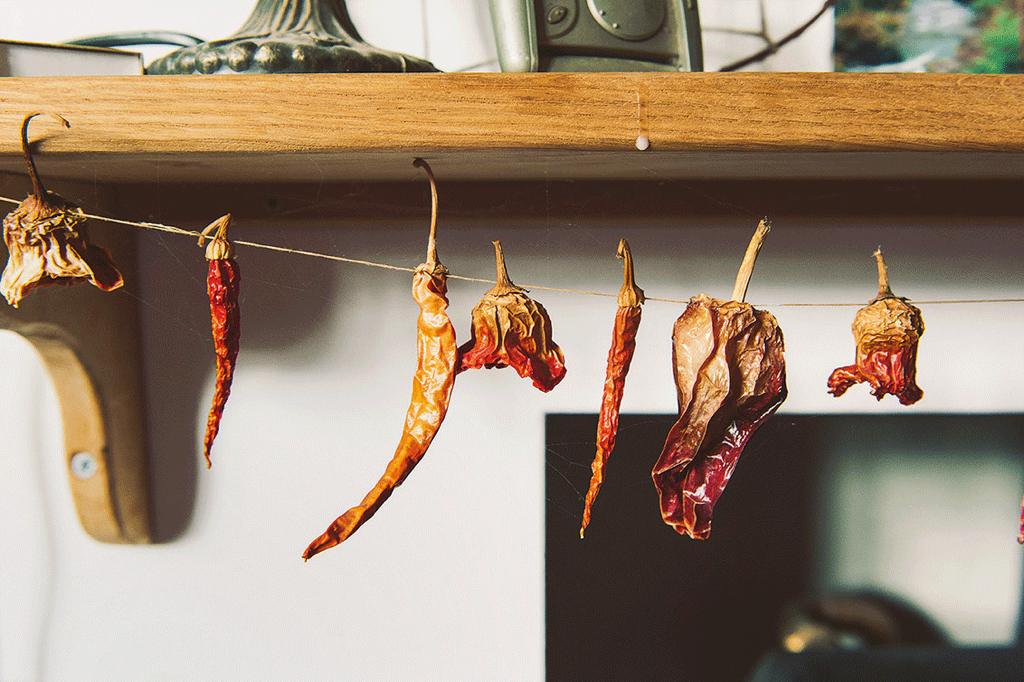

Age18
Lives inPaget Road
Moved to Trumpington in2003
Type of housingThree-bedroom terraced council house, built in 1946
Current market valueAround £250,000 (according to Zoopla)
Favourite place in TrumpingtonCommunity Orchard
Age41
Lives inPartridge Close
Moved to Trumpington inJuly 2013
Type of housingThree-bedroom end of terrace house, rented from housing association
Current council rentAround £154 per week
Favourite place in Trumpington“I love my house”
